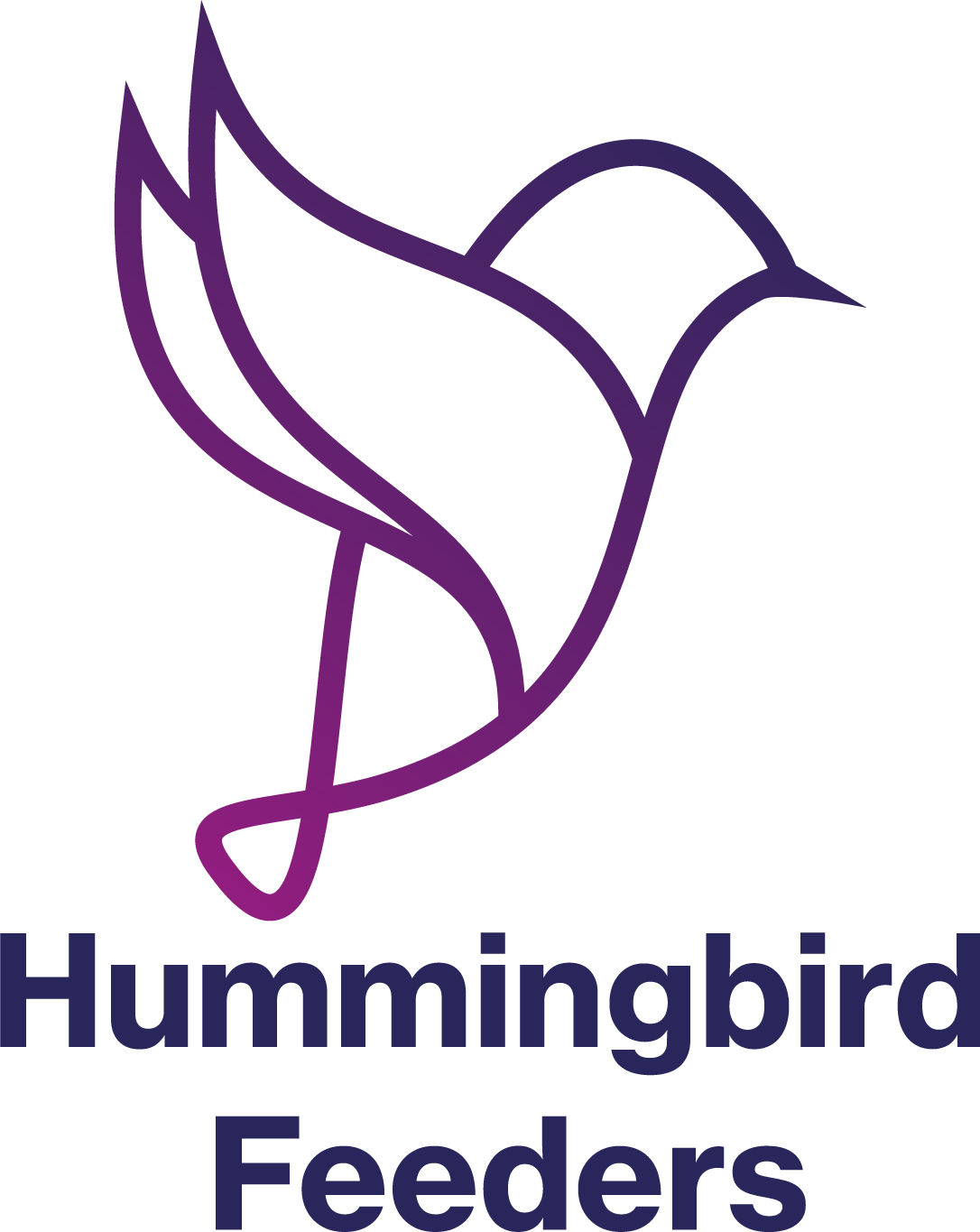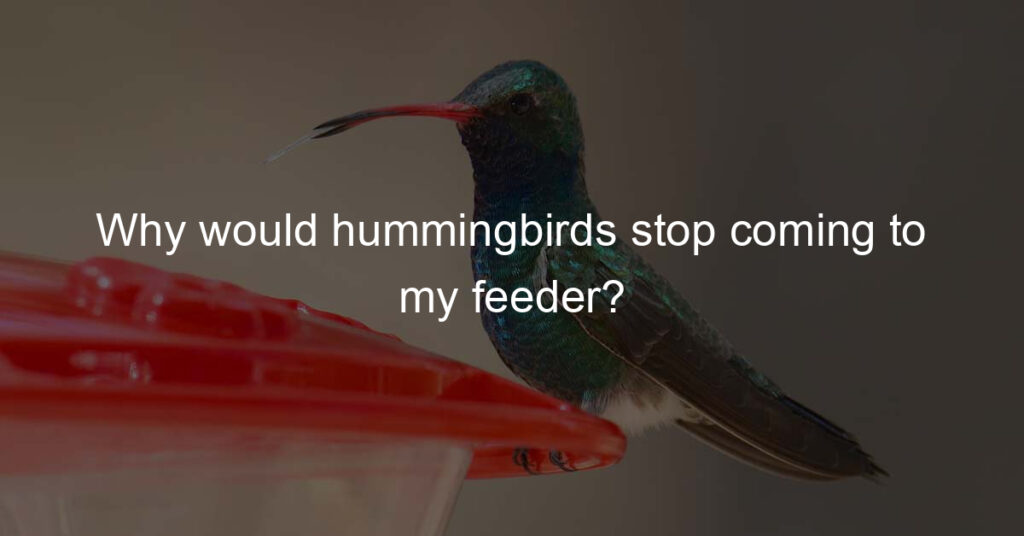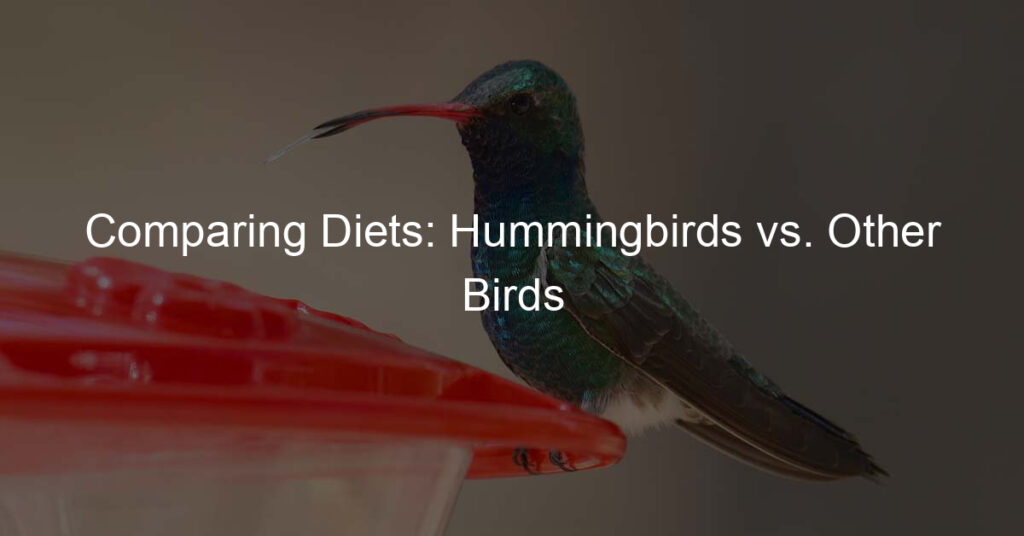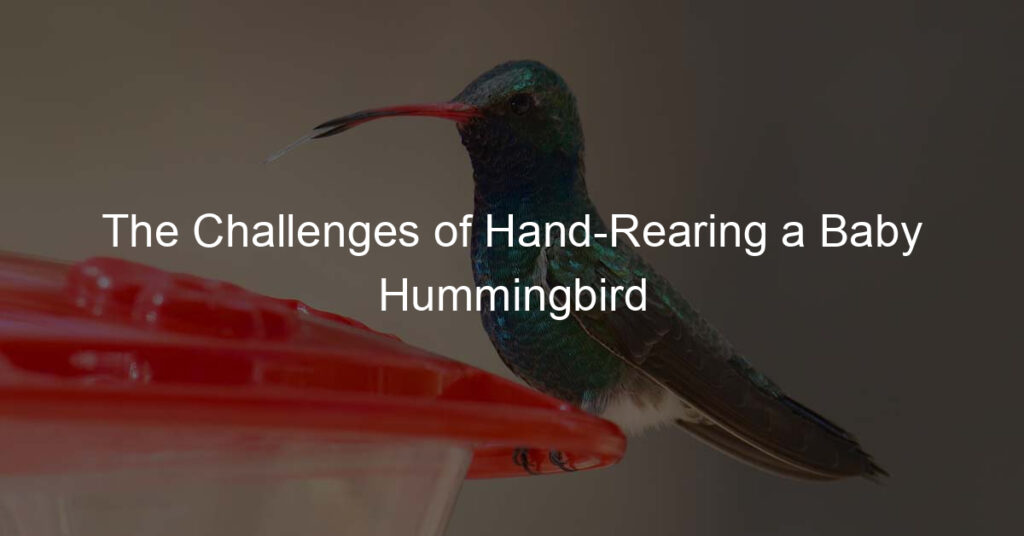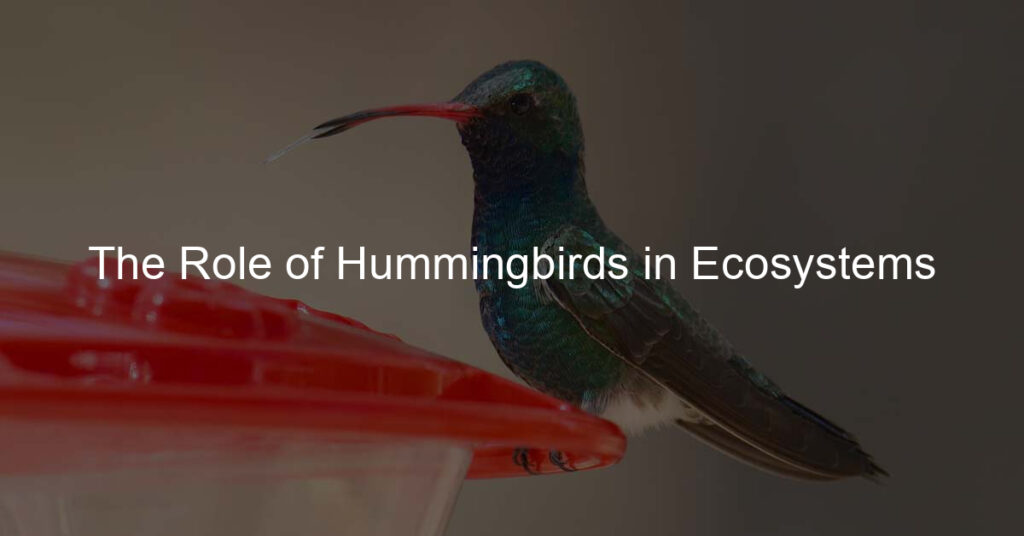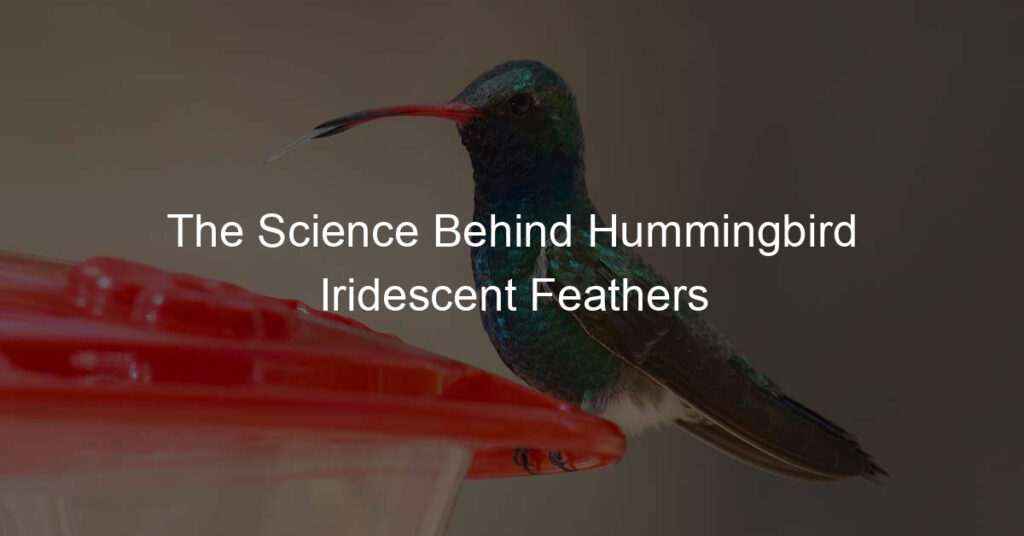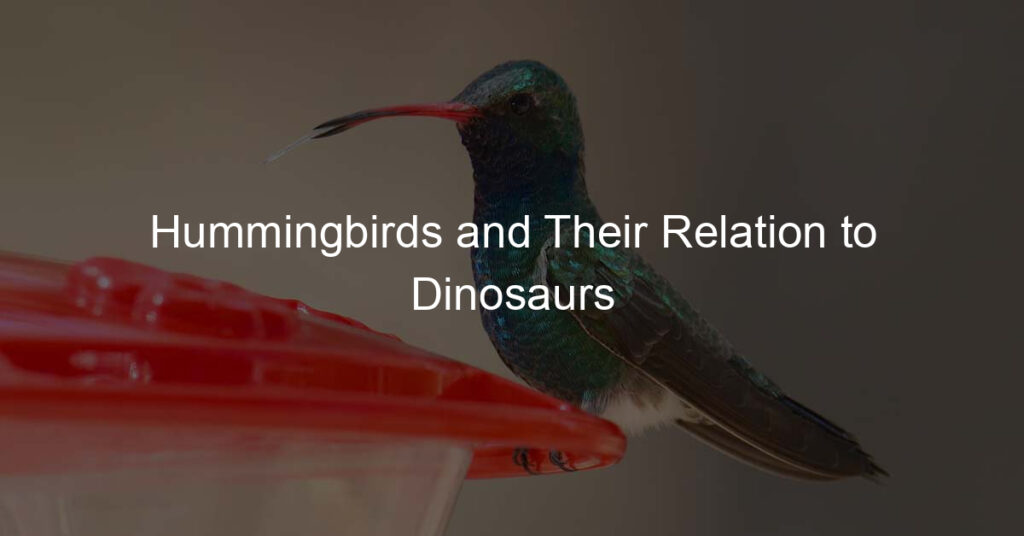Have you ever had a hummingbird feeder in your yard and noticed that the hummingbirds suddenly stopped coming around? There are a few reasons why this might happen, and we’re here to explore them with you today. Keep reading to learn more about why hummingbirds might stop visiting your feeder.
Why do Hummingbirds Stop Visiting Feeders?
Even though hummingbirds love to feed from homemade nectar feeders, there are times when they stop visiting them. This can be due to a variety of reasons, all related to their migratory habits and wanting to get the most out of their environment. Hummingbirds move around seasonally in search of different flowers and blooms.
They also tend to visit multiple food sources, not just one particular feeder. Additionally, if the sky is too cloudy or cold they prefer to spend their energy migrating to other places instead of depleting what they’ve stored up while feeding from your feeder.
A larger change in temperature or weather pattern can also cause forgotten migration routes that may confuse hummingbirds during important migration seasons. So don’t worry if you see your neighborhood hummingbirds start disappearing sometimes – it’s just normal for them.
Why Hummingbirds Suddenly Disappear
Hummingbirds have a unique behavior of suddenly disappearing that has caught the attention of many viewers and researchers alike. This behavior is incorrect and referred to as “migration,” as many believe that these birds fly long distances every year. In reality, it’s more likely that they are relocating regionally as they search for new food sources.
Due to their small size, these birds require a lot of food at regular intervals and often need to change areas when resources run low. Additionally, hummingbirds are affected by extreme temperatures and inclement weather conditions overall which can lead them to move on in search of better conditions.
Whether looking for food or trying to escape bad weather, understanding the reasons why hummingbirds suddenly disappear can help us better understand this incredible species.
What scares hummingbirds away?
While many of us are mesmerized by the speed and grace of hummingbirds, what we don’t realize is that these birds can be quite fearful! In order to keep hummingbirds at bay, it’s important to rule out potential threats before attracting them.
Loud noises, open spaces, and even uninvited predators such as cats, dogs, or other large birds can make hummingbirds flee in a hurry. It’s also wise to stay away from using chemical insecticides or pesticides to ward off pests because such toxic substances tend to harm more than they help.
The best way to keep hummingbirds at a distance is by making sure they feel safe and welcome in their environment. If the right type of space and safety measures are taken, these little feathered friends can become amazing visitors that everyone can enjoy!
Do hummingbirds remember feeders?
Hummingbirds are incredible little birds that have the amazing ability to remember their food sources. They observe and memorize the location of hummingbird feeders, making them an attractive addition to any backyard because of their fascinating behavior.
Research suggests that they remember both where they get food and when they get it as well – so if you leave your feeder out regularly with freshly-filled nectar, you will likely attract more hummingbirds over time. In addition to helping maintain energy levels, this natural memory also helps them understand when certain foods are available versus when they’re declining—a great skill for migratory birds that need to save energy on long journeys!
When do hummingbirds stop coming to feeders?
When the weather begins to cool in the fall, hummingbird enthusiasts start to prepare for one of nature’s most enchanting treats: a flock of magnificent hummingbirds stopping by the feeders to refuel. While the exact time may vary depending on local temperatures, generally speaking, hummingbirds begin migrating south when their nectar sources become scarce and they will stop coming to feeders around late September or early October.
The good news is that after bidding our feathered friends farewell, they usually return around March or April as they migrate back north in search of food! So while it can be heartbreaking to see them fly away, providing a feeder full of nectar during their visit will bring joy and entertainment for weeks before their departure!
When should hummingbird feeders be put out?
Hummingbird feeders should be put out in early spring to help the birds begin their journey north. Setting out a feeder during migration season provides the birds with much-needed sustenance and energy for their long flight.
If a hummingbird pops by your yard, it’s important to make sure to provide a food source for the duration of its stay. Maintaining a clean and full feeder will ensure proper nutrition and keep these captivating creatures coming back for more. With an abundant food source, you’re sure to attract many feathery visitors who will bring brightness to your days all season long.
It’s A Wrap
Despite the numerous reasons why hummingbirds might have not come to your feeder this year, there is still cause for optimism. Hummingbird populations tend to fluctuate naturally over time, so the birds may return the next season.
You can also take several steps in order to make the most favorable environment for them, such as keeping cats away from their feeders and making sure feeders are washed late in fall or early spring if you want them to return. Additionally, planting native flowers and shrubs in your garden is another way you can create a haven for hummingbirds. As with all wildlife care, the ability to observe these tiny masters of flight can bring both delight and appreciation!
